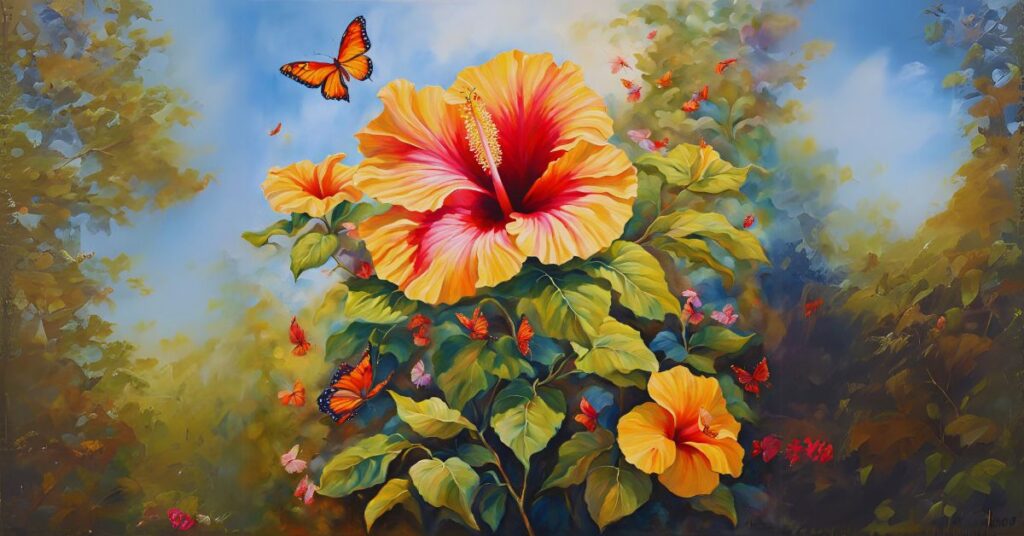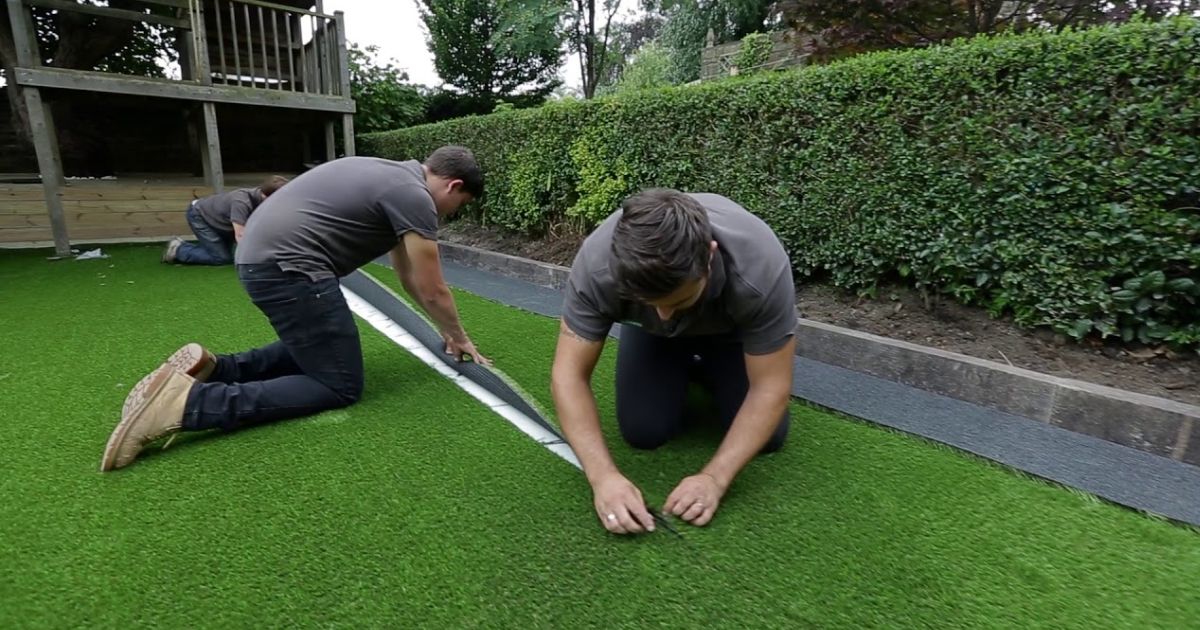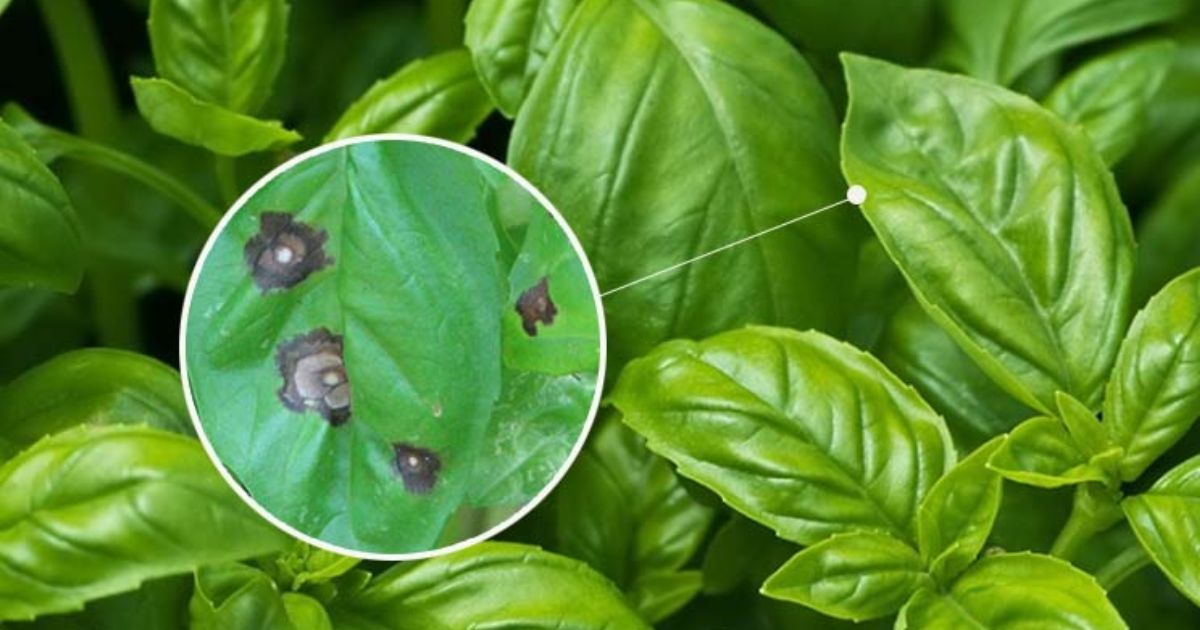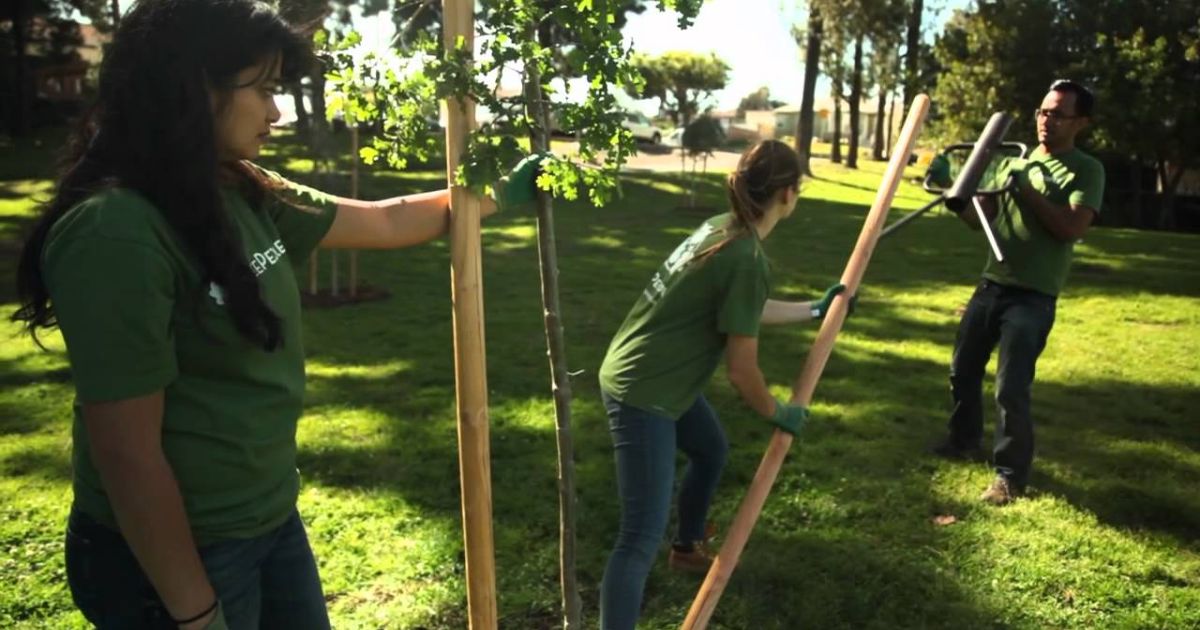Native perennials that thrive in the sun, such as hardy Hibiscus, are easy to grow and have fantastic garden potential. Often called the swamp or ‘rose mallow,’ these hardy plants yield blooms up to 10 inches across and provide weeks of vibrant flowers throughout the summer. Several hibiscus hybrid varieties at Plant Delights can withstand cold temperatures up to hardy hibiscus zone 4.
What Is Hardy Hibiscus?
Generally speaking, “hardy hibiscus” refers to Hibiscus moscheutos cultivars that have been cultivated to withstand lower temperatures than most Hibiscus species, which are primarily tropical. Another name for these hardy types is “is a hibiscus a perennial or an annual,” meaning they reappear yearly. Even zone 4 gardeners may be able to locate hibiscus cultivars that are appropriate for their growing conditions. However, most hardy Hibiscus will consistently withstand winter temperatures as far north as Zone 5.
Why Plant Hardy Hibiscus?
Hardy hibiscus are very simple to grow and produce big, vibrant blooms. All they need is good do hibiscus like acidic soil, full sun, and occasional pruning. Be patient, and don’t assume they’re dead—or worse, cut them down—because they leaf out exceptionally late in the spring! In contrast to the smaller tropical houseplant version, hardy Hibiscus thrives in various regions of the nation, including zones 4 and lower temperatures.
How to tell if Hibiscus is Hardy or Tropical, and How to Care and Grow Hibiscus Temp Range?

Planting – How Hibiscus Arrives
American Meadows may resemble a dirt container with sticks when it delivers your hardy hibiscus plant. It is disheartening, yet appearances are deceiving since a robust and flourishing root system lies beneath the dirt. The Hibiscus has not yet come out of its dormancy. We wish you well as you cultivate and tend to your Hardy Hibiscus. A few growing conditions need to be taken into account before planting.
Planting Needs
Well-drained soil supplemented with organic materials is ideal for hardy hibiscus growth. Hibiscus prefers acidic soil. Add potting soil or peat moss to your garden to make the soil more acidic. Consider growing Hibiscus in a raised bed if your soil is primarily clay; this will help to prevent water buildup. Hardy hibiscus is best planted after all risk of frost has passed. When growing, dig a hole twice as big as the pot and place the plant in it so that its crown rests at or above the soil’s surface. Water the plant and press the fresh, loose dirt around it. Add extra soil if you water the plant till the base is visible. Plant hibiscus plants two to three feet apart in the garden if you are planting more than one. Despite their diminutive size, these beauties grow to a height of 48″ to 72″.
Location and Light
Hardy: Be patient, as Hibiscus takes a while to emerge in cold springs or early summer. Full sun is ideal for hibiscus growth. Partial shade will allow them to flourish, but it will hinder their development and flowering. Hibiscus may require shadow during the hottest part of the day if you reside in a region with extremely hot summers. It is recommended to put Hibiscus beside or behind perennial flower beds.
After Planting Care for Years of Growth

Fertilizer
Hibiscus requires an abundance of nutrients. It may be fertilized in several ways. One approach is to apply a layer of compost around the plant’s base in the spring. Alternatively, you can fertilize the hibiscus base using 10-4-12, 9-3-13, or 10-10-10. Avoid overfertilizing since Hibiscus can die from too much phosphorus.
Temperature
Zone 5 hibiscus is hardy. Growth will be delayed in a cool spring or summer since hardy Hibiscus prefers warm conditions for bud formation. Apply a layer of mulch to the hibiscus to keep it warm during the winter and early spring.
Watering
Hibiscus needs wet and well-drained soil. If it dries out too much, it will lose all its leaves and appear to be a collection of dead sticks. Don’t worry if this occurs; the Hibiscus is defending its root system and will bud again. Avoiding being over water or underwater is crucial. If growing it in a container, plant it in a pot with enough drainage holes. Otherwise, hibiscus roots will decay if left in water for an extended period.
Pruning
Although pruning is unnecessary, depending on your area, you may shape your Hibiscus by removing any old foliage in the late fall or winter. Other than that, Hibiscus grows from the ground up each year. When the hibiscus develops in the early summer, prune to promote branching, and more hibiscus won’t flower.
Potting and Repotting Hardy Hibiscus
They thrive in containers, so if you live in a cold region, you can bring the plant inside for the winter. Make sure there are enough drainage holes in the pot.
Report that Hibiscus and Ayurveda are grown in containers into bigger pots every two to three years. It is acceptable to allow the roots to become somewhat root-bound by making them snug in the container.
Winter Care for Hibiscus
Hardy hibiscus stems are classified as herbaceous perennials that can survive outside up to zone 4. They are woody in the summer and serve as sub-shrubs in the landscape, but they die back to the ground in the winter.
If you live in an area with consistently mild weather, your resilient Hibiscus will flourish outside all year long. However, if you live where winter temperatures fall below freezing, you must safeguard your hardy hibiscus plants. Cover them with a tarp or thick fabric, like burlap. The substance needs to be resistant to hibiscus frost tolerance and freezing temperatures.
You can move your hardy Hibiscus indoors if it’s in a pot outside, but it must be kept at or near 55 degrees Fahrenheit and receive three to four hours of whole light each day to thrive.
Common Pests & Plant Diseases
Hardy hibiscus leaves are a favorite spot for the typical gang of garden pests to congregate and puncture the foliage. Some insects are aphids, Japanese beetles, mealybugs, sawfly larvae, spider mites, thrips, and whiteflies.
Numerous fungal diseases, including leaf spot, blight, and rust, can also plague hardy hibiscus plants. These diseases typically arise when the plant is very damp. Watering your plant from the base will help you avoid these issues by preventing too much liquid from getting onto the leaves.
Maintaining proper airflow between your hardy Hibiscus and other plants is also critical to helping prevent the growth of fungal infections. You can regularly apply a fungicide to the afflicted plants if nothing else works.
Common Problems With Hardy Hibiscus

Given their abundant, delicate blossoms, hibiscus care outdoor, hardy hibiscus plants are surprisingly easy to maintain if they get adequate water and sunlight.
Yellowing Leaves
Abrupt fluctuations in air temperature, drafts, or soil moisture can cause hibiscus plants to produce yellow leaves. Expect yellowing leaves in late fall, a natural method for the plant to go into winter hibernation. Unseasonal yellowing may indicate inadequate fertilizer or excessive watering.
Dropping Flowers or Buds
When they open, buds only survive two days at most, after which they fall to make room for new blooms. However, severe weather, poor soil, unexpected drafts, and inadequate sunlight can all contribute to buds dropping before they bloom. For healthy bud development, temperatures must be between 65 and 75 degrees Fahrenheit.
Sudden Wilting
If the leaves and flowers appear to be fading, remove the plant from direct sunlight and thoroughly water it. However, if the soil is too damp, the plant may have wilt disease, typically brought on by a fungus.
Make an effort to revitalize the plant by misting its leaves daily for at least one week. Over time, gradually move the plant to full sun if the leaves begin to perk up. Include fertilizer in your watering schedule. You can try to get the plant back to life in this manner for as long as a month, but in a severe fungal infection, there’s a good chance it won’t.
FAQs
What is the lifespan of a Hardy Hibiscus Zone 4?
In general, hibiscus plants have a lengthy lifespan. Hardy hibiscus may survive for almost 20 years.
What’s the Difference Between a Hardy and a Low Hibiscus Plant?
There are two varieties of Hibiscus: tropical and hardy. Hardy hibiscus usually survives the winters outside, but it naturally dies back to the ground when it is dormant in the cold. For the winter, tropical Hibiscus must be brought indoors.
Can Hardy Hibiscus be Raised Indoors as a Houseplant?
Hardy hibiscus is best left outside, but many tropical hibiscus plants can be grown indoors as houseplants. One reason is that they can become out of hand indoors and won’t blossom if they aren’t exposed to full sun.





